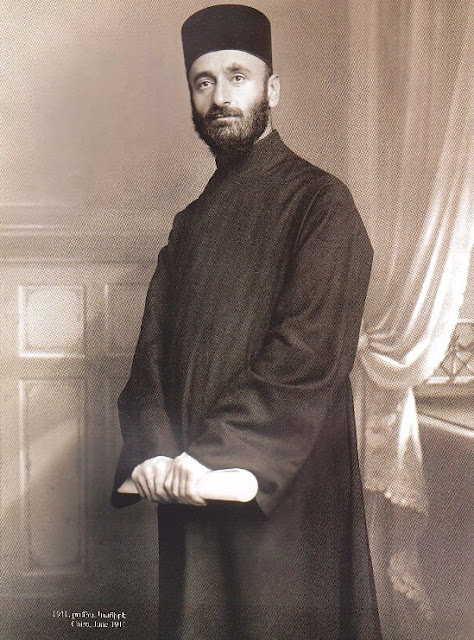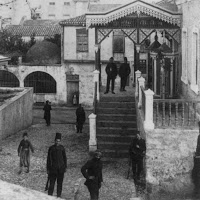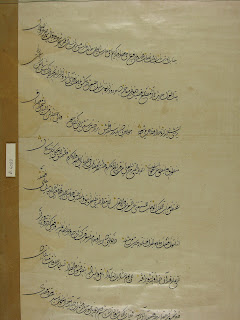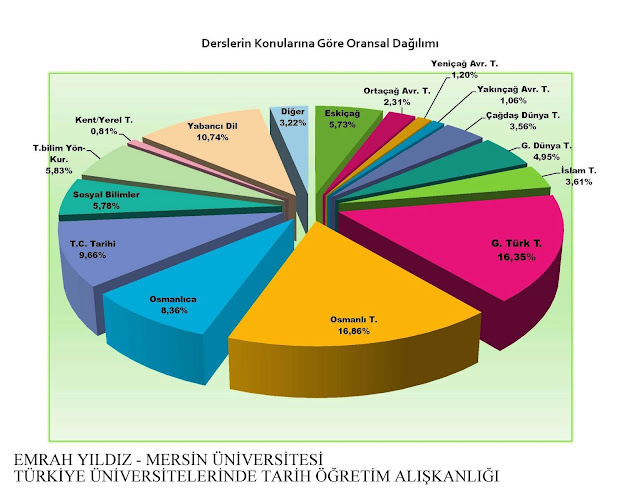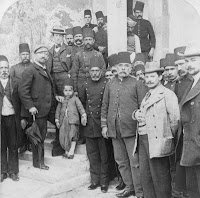98. A New Look at an Old Profession
MP3 File
iTunes
 |
| Jinn in the form of seductive woman from ʻAjāʾib al-makhlūqāt |
The image of prostitution as humanity's "oldest profession" often obscures the fact that this phenomenon has carried different social meaning and economic value across time and space. In this episode, Dr. Gary Leiser explores social understandings of prostitution in the Eastern Mediterranean between various political and legal frameworks during the medieval period.
MP3 File
iTunes
Gary Leiser is a retired civil servant whose work focuses on medieval Islamic history.
Emrah Safa Gürkan is an Assistant Professor at İstanbul 29 Mayıs University. His work focuses on early modern Mediterranean and Ottoman History. (see academia.edu)
Kahraman Şakul is an Assistant Professor of History at İstanbul Şehir University focusing on Ottoman military history. (see academia.edu)
Louis Fishman is an Assistant Professor of History at CUNY-Brooklyn College studying Palestinian and Israeli history during the late Ottoman Period. (see faculty page)
SELECT BIBLIOGRAPHY
Stavroula Leontsini, Die Prostitution im früher Byzanz (Vienna: Verband der wissenschaftlichen Gesellschaften Österreichs, 1989)
al-Maqrīzī, al-Mawāʿiẓ wa ʾl-iʿtibār bi-dhikr al-khiṭaṭ wa ʾl-āthār, (Cairo: Būlāq, 1853-54), 2 vols.
James Brundage, “Prostitution, Miscegenation and Sexual Purity in the First Crusade,” in Crusade and Settlement, edited by Peter W. Edbury, pp. 57-65 (Cardiff: University College Cardiff Pr., 1985).
Bernadette Martel-Thoumian, “Plaisirs illicites et châtiments dans les sources mamloukes fin ixe/xve – début xe/xvie siècle,” Annales Islamologiques, 39 (2005): 275-323.
Mark D. Meyerson, “Prostitution of Muslim Women in the Kingdom of Valencia: Religious and Sexual Discrimination in a Medieval Plural Society,” in The Medieval Mediterranean: Cross-cultural Contacts, edited by Marilyn J. Chiat and Kathryn Reyerson, pp. 87-95 (St. Cloud, MN: North Star Press, 1988).
Aḥmad ʿAbd ar-Rāziq (ed.), La Femme au temps des Mamlouks en Égypte (Cairo: Institut Français d’Archéologie Orientale, 1973).
“Bighāʾ,” Encyclopedia of Islam, 2nd edition, Supplement
Abdelwahab Bouhdiba, La Sexualité en Islam, 2nd ed. (Paris: Presses Universitaires de France, 1979).
SELECT BIBLIOGRAPHY
Stavroula Leontsini, Die Prostitution im früher Byzanz (Vienna: Verband der wissenschaftlichen Gesellschaften Österreichs, 1989)
al-Maqrīzī, al-Mawāʿiẓ wa ʾl-iʿtibār bi-dhikr al-khiṭaṭ wa ʾl-āthār, (Cairo: Būlāq, 1853-54), 2 vols.
James Brundage, “Prostitution, Miscegenation and Sexual Purity in the First Crusade,” in Crusade and Settlement, edited by Peter W. Edbury, pp. 57-65 (Cardiff: University College Cardiff Pr., 1985).
Bernadette Martel-Thoumian, “Plaisirs illicites et châtiments dans les sources mamloukes fin ixe/xve – début xe/xvie siècle,” Annales Islamologiques, 39 (2005): 275-323.
Mark D. Meyerson, “Prostitution of Muslim Women in the Kingdom of Valencia: Religious and Sexual Discrimination in a Medieval Plural Society,” in The Medieval Mediterranean: Cross-cultural Contacts, edited by Marilyn J. Chiat and Kathryn Reyerson, pp. 87-95 (St. Cloud, MN: North Star Press, 1988).
Aḥmad ʿAbd ar-Rāziq (ed.), La Femme au temps des Mamlouks en Égypte (Cairo: Institut Français d’Archéologie Orientale, 1973).
“Bighāʾ,” Encyclopedia of Islam, 2nd edition, Supplement
Abdelwahab Bouhdiba, La Sexualité en Islam, 2nd ed. (Paris: Presses Universitaires de France, 1979).





